Description
Since the arrival of the Synthesizer, no other 20th-century musical instrument has had such a profound and far-reaching impact on Musical culture. Synth tech has come a very long way in a very short time. Aside from (the optional) keyboard controller, modern synths are nearly unrecognizable compared to what was available before the digital agewhat used to take up a large room full of components can now fit in a small backpack. The first generation of Synths operated on a modular open architecture design that required a deep understanding of each sound-shaping componentwhich could take quite some time to learn how to even get a sound from, much less master. After a sizeable investment in voltage-controlled oscillators, filters, noise and envelope generators, ring mods, and enough patch cables to build a suspension bridge, you’d have a monophonic synth of your own.
Despite its high cost and operational complexity, the early synthesizer’s unique ability to sculpt previously unheard-of sounds made the synth’s potential crystal clear. The race was on to create a portable, easier-to-operate tool for musicians.
Todays modern synths feature 1000s of accessible sounds through 100s of presets. Even todays intermediate-level synths have an onboard sequencer, arpeggiator, a full effects suite, recording and editing capability, and more. Despite the dizzying number of features, today’s synths are remarkably easy to operate without understanding the complex inner workings that make audio synthesis possible– Once you are familiar with the control surface, sounds leap to life at your command with the touch of a key, pad, button, or dialwhat more could anyone ask for?
The Behringer 2600 series semi-modular analog synthesizer
Time has finally caught up with the amazingly flexible, semi-modular (aka semi-open architecture) synth of the 70s–The sweet spot between contemporary easy-to-operate preset-loaded closed architecture synths of today and the limitless sound design potential of the bulky and complicated fully modular open architecture synths the 60s.
Of them all, the legendary ARP 2600 is the most notable and highly desired synth of its times. It can be heard of countless recordings, including classics by the Who, Herbie Hancock, Edgar Winter, and Jean-Michel Jarre (who called the 2600 the Stradivarius of synths.)
Faithfully and painstakingly recreated, the ARP 2600 lives again inside the Behringer 2600– a very affordable dream come true for synth enthusiasts who want to revisit or discover semi-modular analog synthesis at its finest.
Behringer went to great lengths to authentically recreate the original ARP 2600s 3 VCO, 4 waveform design, matched transistors, and JFET circuitry. With 98 patch points, 63 faders, and 15 switches, the 2600 can look intimidating at first glance. Still, its not as difficult to operate as it seemsthe Semi-modular operation and normalized signal flow allow you to start experimenting right out of the box. All the necessary connections for essential operation are pre-wired internally, letting you focus on creating sounds with the control surface faders. When ready for deep experimentation, 98 patch points worth of signal routing will help take you anywhere your imagination leads. As an added benefit, the B-2600 can be operated on a tabletop or mounted in an 8u-sized Rack. Each fader and switch features color-coded “Christmas Tree LED indicator lights for easy identification and operation on dark stages or studio environments. (continued on next page)
The Behringer 2600 delivers true Semi-modular freedom and the ease of operation to create any sound you can imagine, from otherworldly ambiance to fat and punchy bass sounds, thick, raunchy lead lines, and beyondan unbelievably outstanding addition to your synth layout, at a price thats even more unbelievable.





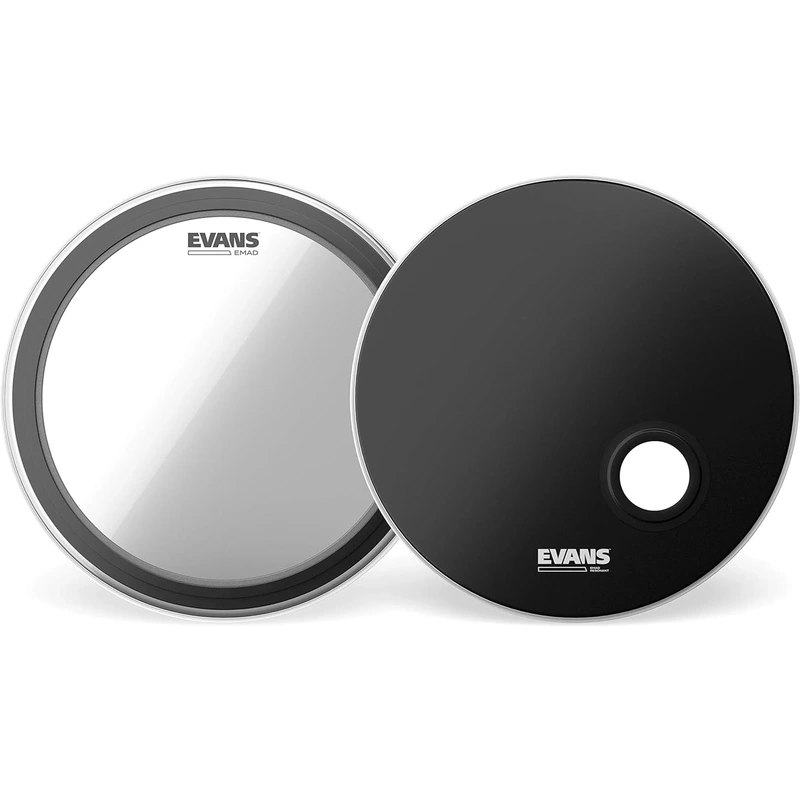

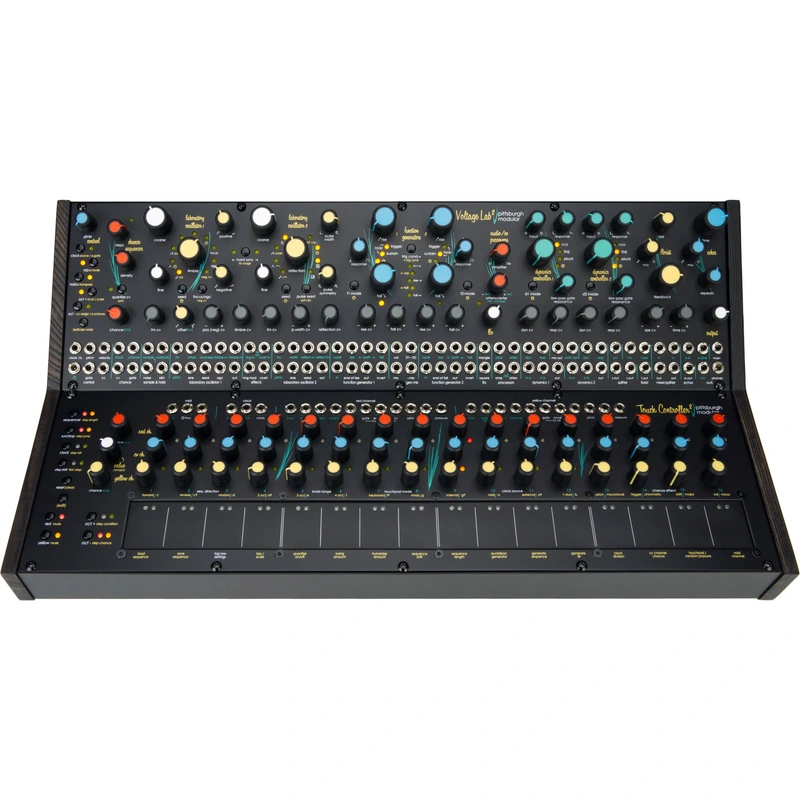


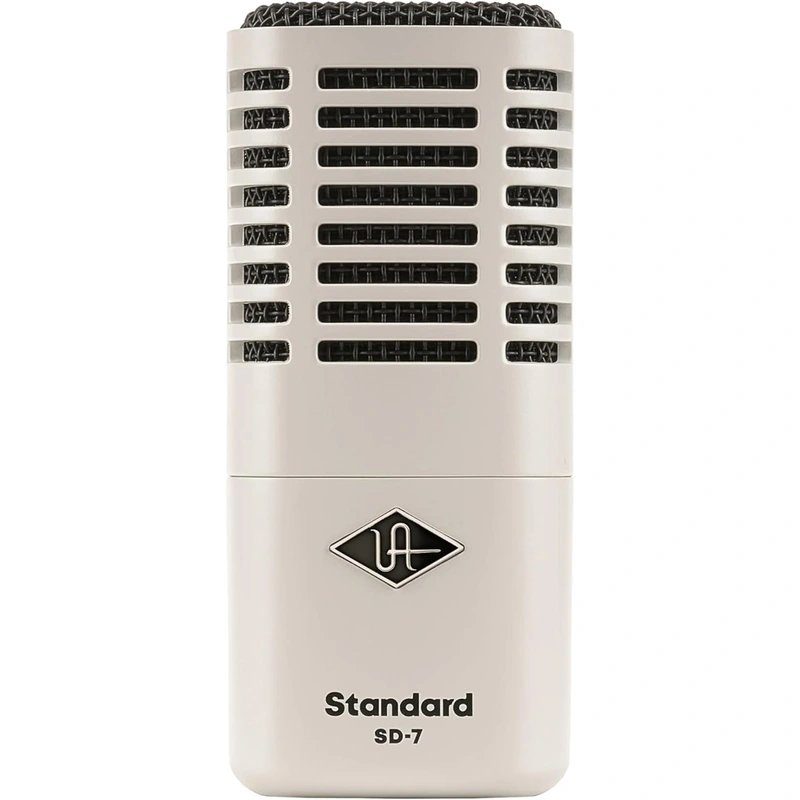

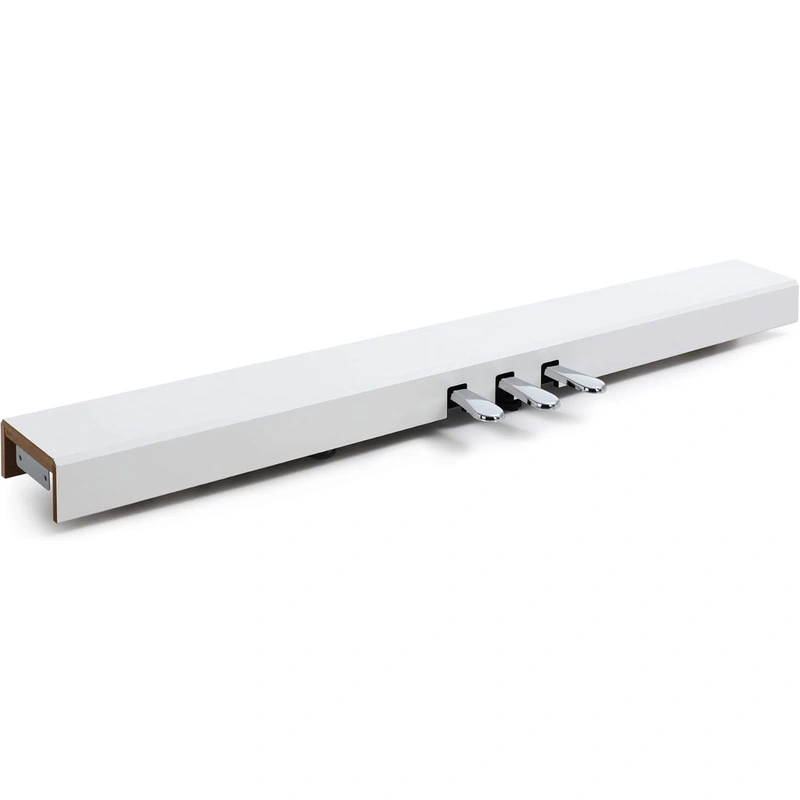
 Taylor Baby Taylor Mahogany BT-2 Left Handed Acoustic Guitar w/ Gigbag
Taylor Baby Taylor Mahogany BT-2 Left Handed Acoustic Guitar w/ Gigbag 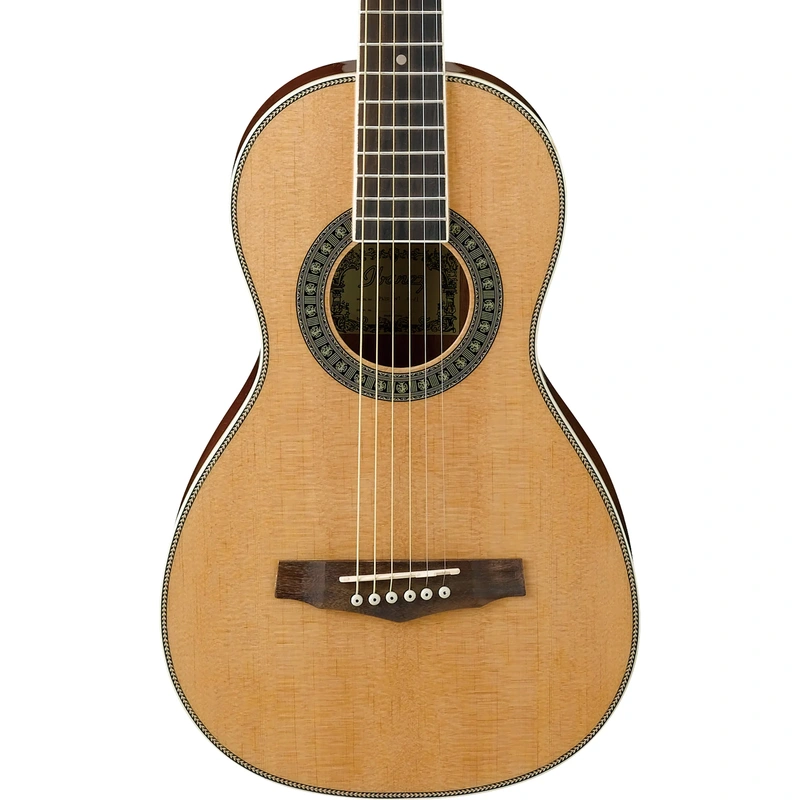 Ibanez PN1NT Parlor Body Acoustic Guitar, Natural High Gloss
Ibanez PN1NT Parlor Body Acoustic Guitar, Natural High Gloss 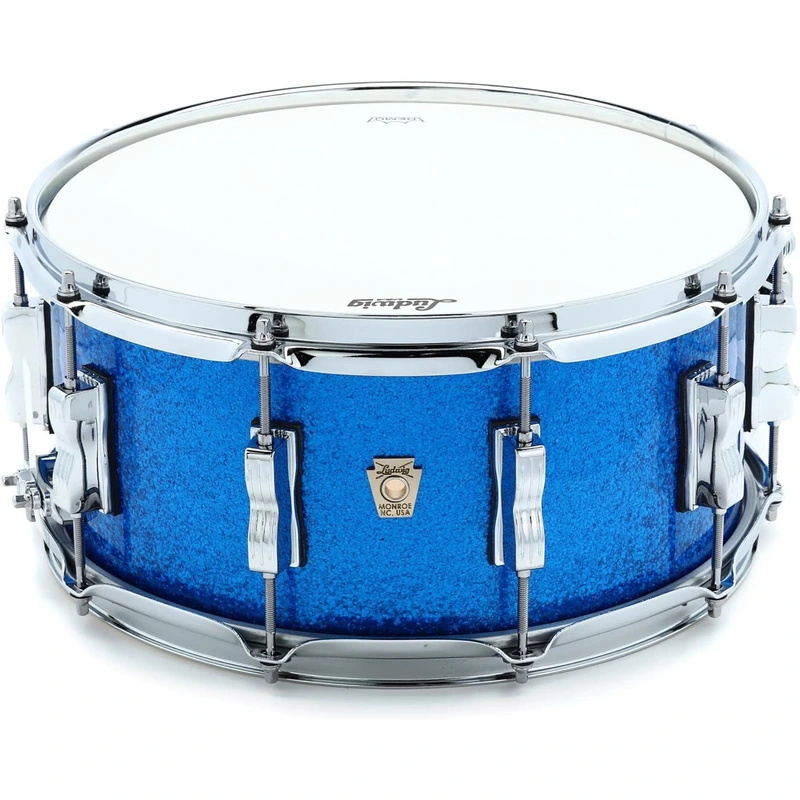 Ludwig Classic Maple 6.5x14 Snare Drum - Blue Sparkle
Ludwig Classic Maple 6.5x14 Snare Drum - Blue Sparkle 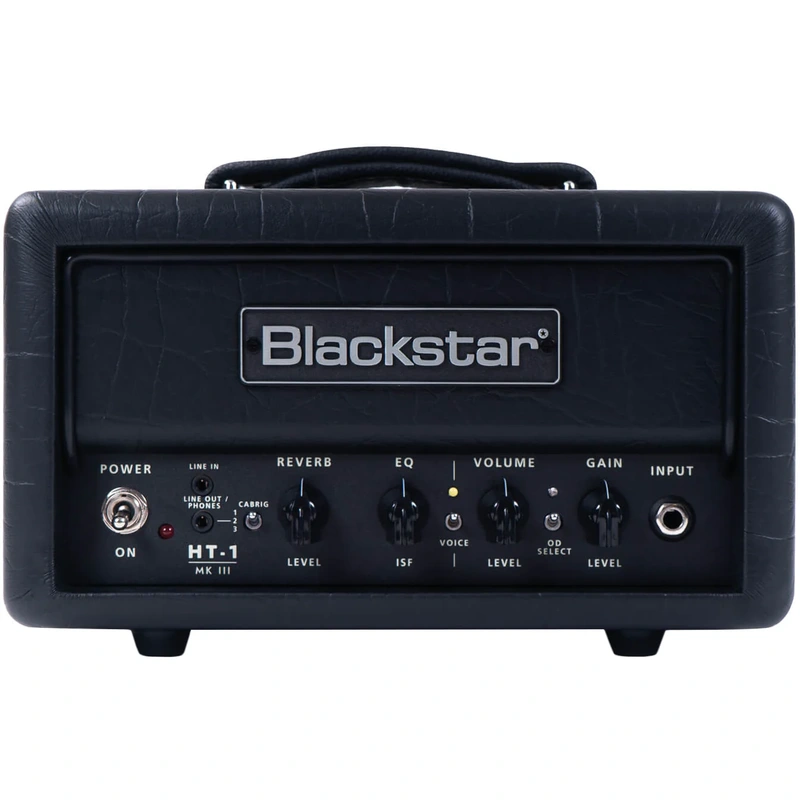 Blackstar HT-1RH MK3 1 Watt Tube Amplifier Head
Blackstar HT-1RH MK3 1 Watt Tube Amplifier Head 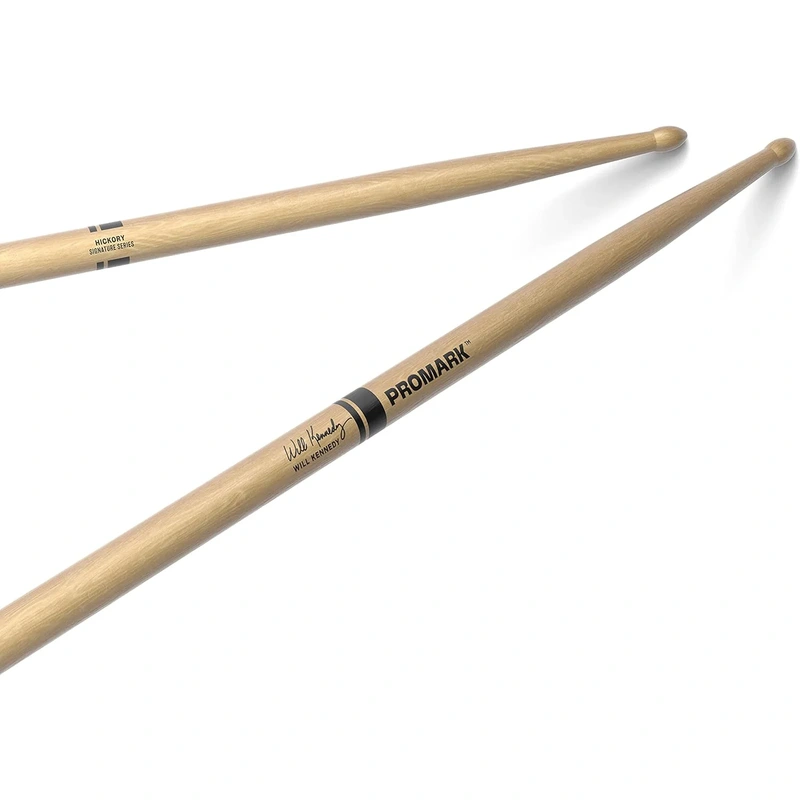 ProMark Will Kennedy Hickory Drumsticks
ProMark Will Kennedy Hickory Drumsticks  Moog Spectravox Semi Modular Spectral Processor
Moog Spectravox Semi Modular Spectral Processor  Epiphone Coronet USA Collection Electric Guitar - Vintage Cherry
Epiphone Coronet USA Collection Electric Guitar - Vintage Cherry  Ibanez GSR205 SR Gio 5-String Electric Bass, Weathered Black
Ibanez GSR205 SR Gio 5-String Electric Bass, Weathered Black
Reviews
There are no reviews yet.